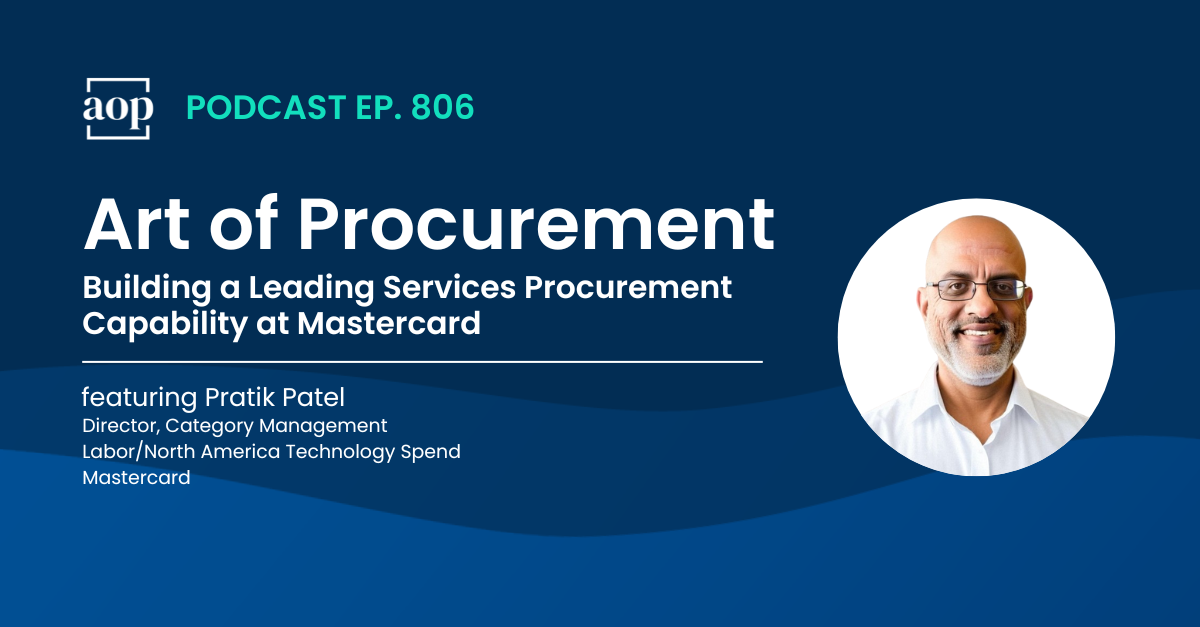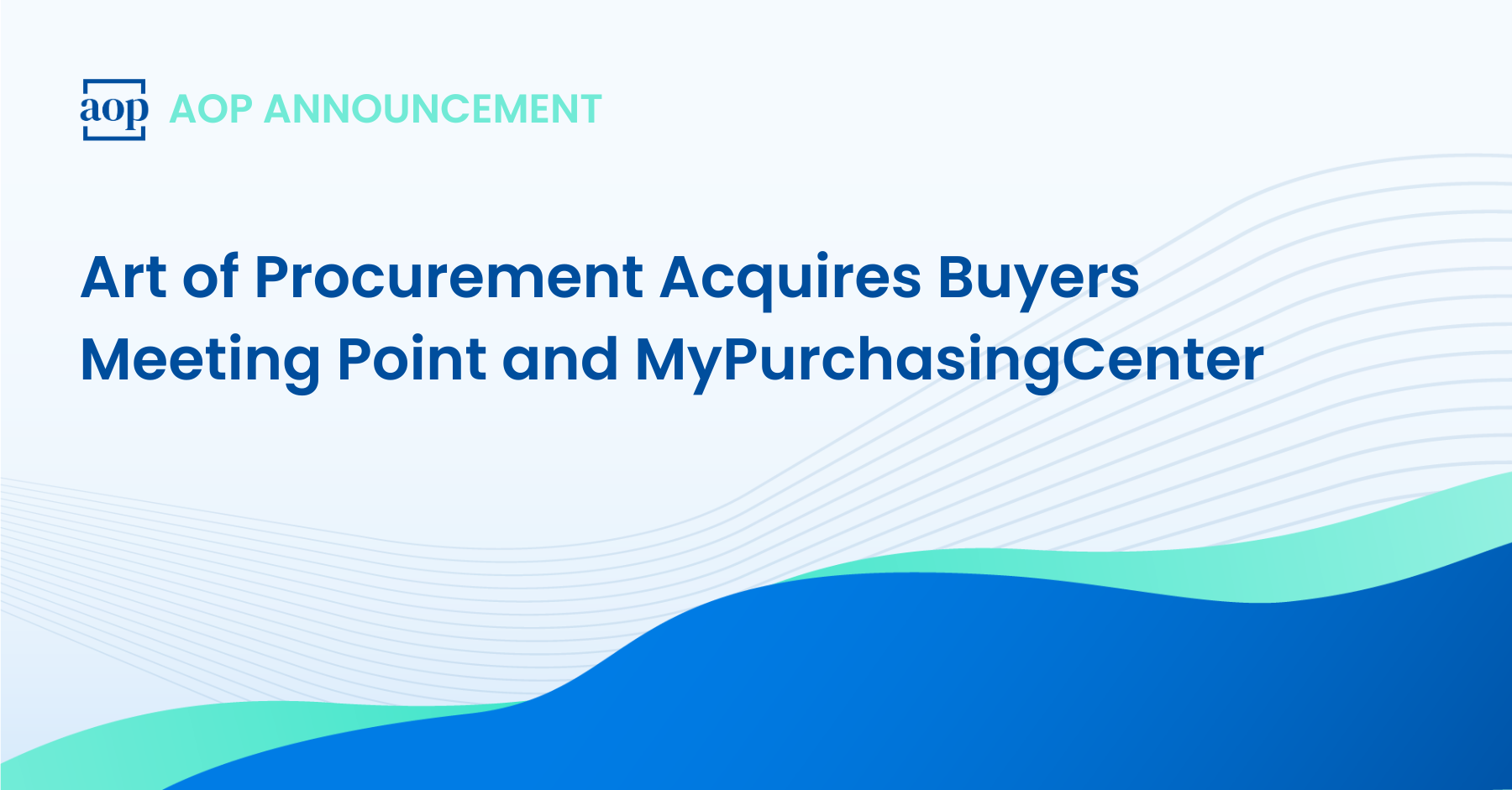
As someone who engages in Art of Procurement content, I see you as an investor in our community. You invest your time, your mind space and your creativity in your own development and the development of others. That comes with an opportunity cost and it is my and my team’s responsibility to ensure that your investment returns an outsized ROI.
Last year, I wrote the first Art of Procurement annual letter, following the lead of the many companies who write annual letters to their investors. In a world of hyperbole and social media bluster, my intention is to pull back the curtains annually and share the highs and lows of building the Art of Procurement business as well as some big picture thoughts on the direction of the procurement function.
You can find our 2018 letters here (procurement in review), and here (Art of Procurement in review)
Procurement in 2019
Last year, I compared the health of procurement to that of the four tiers of English professional football (soccer) pyramid. Some teams get better, some get worse, but mostly things stay the same.
The biggest trend I see at the end of 2019 is that the gap between the “Premier League” of procurement teams – the creme de la creme – and everyone else is getting wider.
Top tier procurement teams do the basics well, but they excel because they are constantly rethinking the procurement value proposition. They have an obsessive focus on aligning their performance with the actual needs of the business. Not the assumed needs, but the actual needs.
This is an important distinction. Many procurement teams believe they are high performing because they exceed their cost savings targets, but are cost savings really what their business needs? In some cases yes, and all the research we heard on the show this year from The Hackett Group, Procurement Leaders and others, suggests that for many companies savings are still important. But for others, savings is just an inherited metric that is used for two primary reasons. Firstly, we’ve conditioned our leaders to think of savings as being the only way to measure us because it’s our sole purpose. And secondly, it’s convenient for us. It’s an easy way to demonstrate ROI using a number (savings) that is often hard to track and therefore easy to dispute.
To hear an example of a team breaking the mould, listen in to this podcast from June 2019 with Cyril Pourrat, then the Chief Procurement Officer at Sprint (and now CPO of BT). The need for cost savings at Sprint is an existential one, but the team have launched a number of additional innovative programs – including their “Procurement Digital Labs”. This is how they find new ways of delivering sustainable savings, enabling new value levers such as using their procurement technology stack as a way of driving revenue.
Looking Forward
It is definitely an interesting time to be in procurement. Technology is changing the game, but the future of our profession still hinges on talent and mindset.
What I am confident in:
Technology is going to render a lot, if not most, of what we do today as obsolete. It’s exciting to see the investments being made in procurement technology. To many in the investor community, It feels like procurement has only just been discovered. Other functions – Marketing, IT, Sales, HR are well ahead of the investment curve, but in a crowded market it also makes it harder for investors to spot the next home run. Procurement is fertile ground, and the continued financial success of Coupa following their IPO (their stock has increased 2.5X in 2019) has become their call to action.
What I am not so confident in:
How quickly will this change occur? In this interview from 2016, Tradeshift Co-Founder & CEO Christian Laang suggested that change, once it occurs, will happen quickly. Is this going to be the case for procurement, or will change be gradual in a way that is more in keeping with our evolution to date? There are lots of companies doing really interesting things – Globality is redefining the sourcing of services and BidOps is automating the negotiation process to name just two. But are these going to be the tools used by those early adopter procurement teams to help them do even more with less, or will there be a tipping point at which the traditional procurement approach is disrupted overnight?
As a 20-year procurement professional, I’m biased to think that change will come slowly. But in an age of rapid change, past performance is definitely not an indicator of future results. And so while I do not have an answer to that question, this is what I advise clients. There will be a day in the not too distant future when a technology provider will come to your CEO/COO/CFO and offer a solution that “automates procurement”. Will it really automate procurement? Probably not. But, for those who have a perception that procurement is a transactional and tactical function, it will be all they need to take the leap. It is your job to make sure that, when that technology becomes available, it is you that is going to the CEO/COO/CFO asking for the investment because of the opportunity you see to elevate your value proposition even further. In other words, make procurement an indispensable business partner. Do the basics well, but provide a service that will be amplified by technology rather than replaced by it.
For most procurement leaders, 2020 will be about accelerating the journey to align procurement performance with corporate objectives so that they are the masters of their own destiny.
Tomorrow, I’ll be back with Part 2 of our 2019 Letter with a review of the year at the Art of Procurement.




